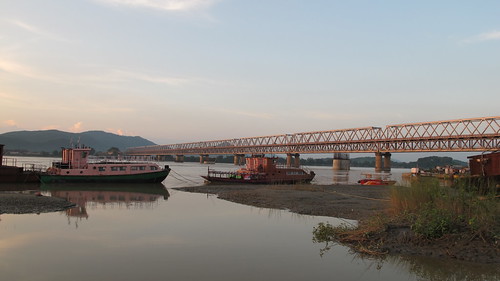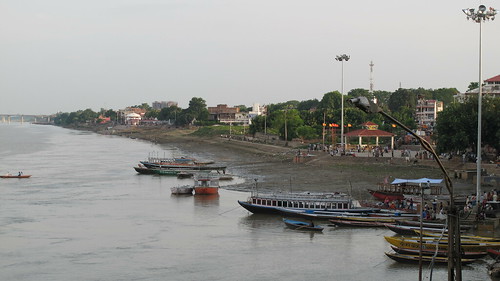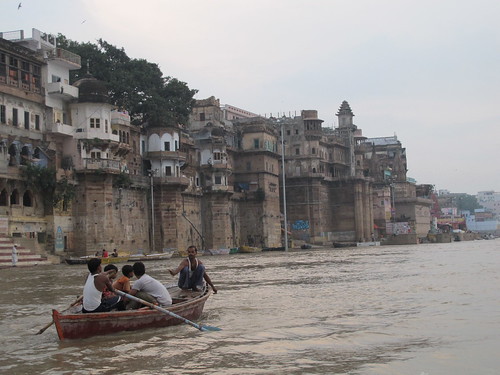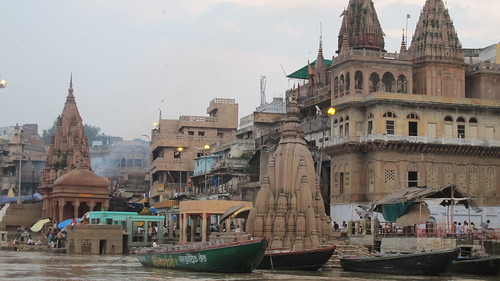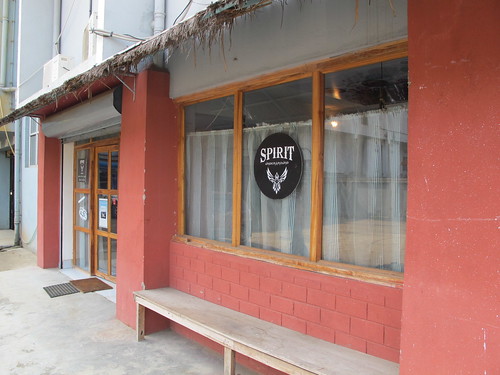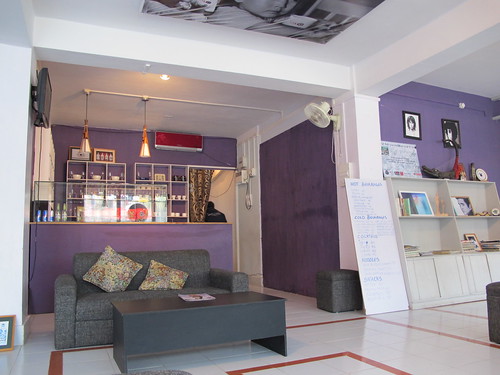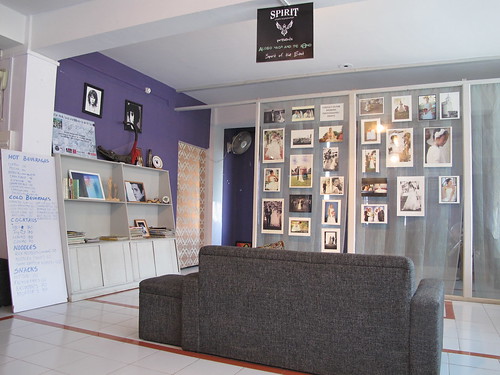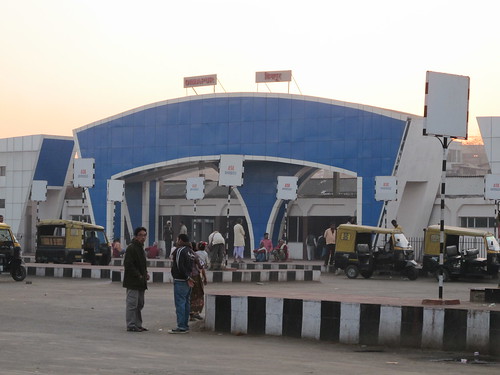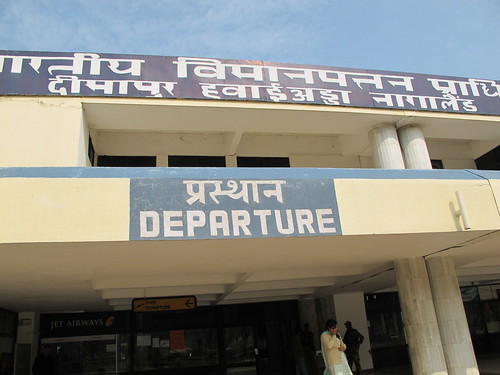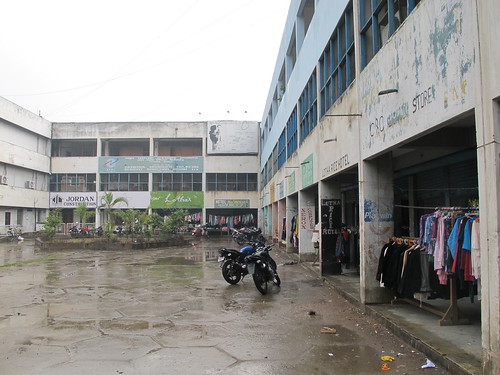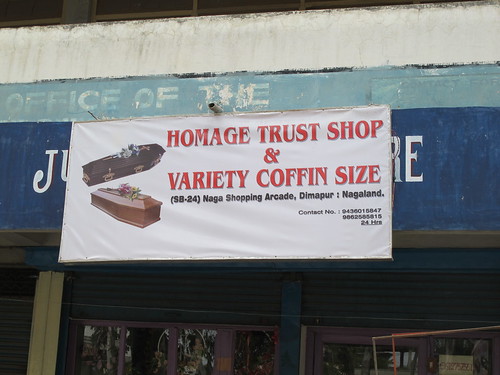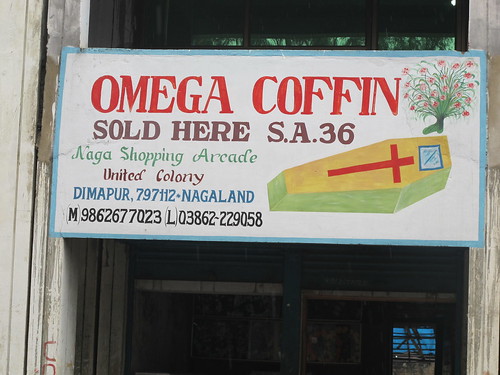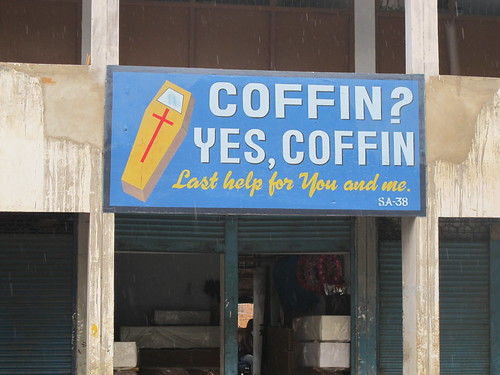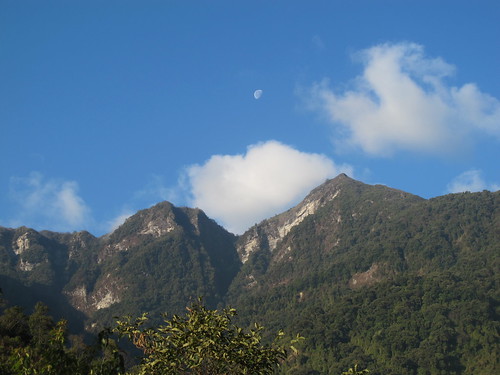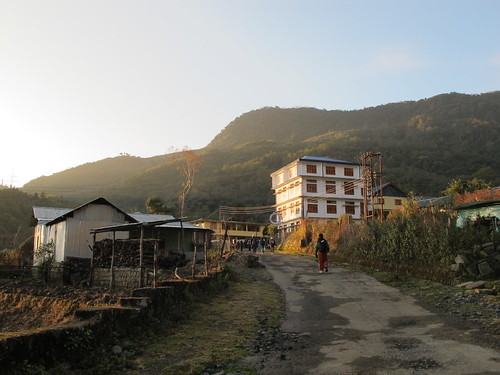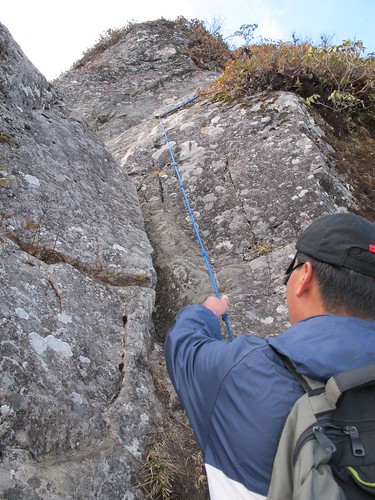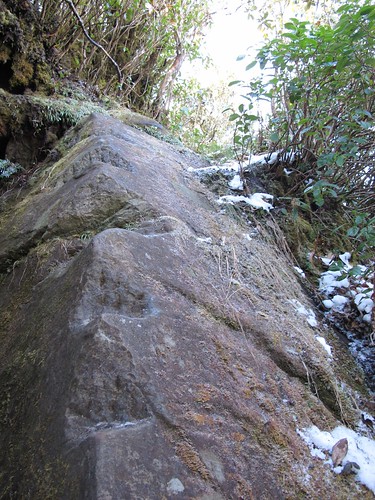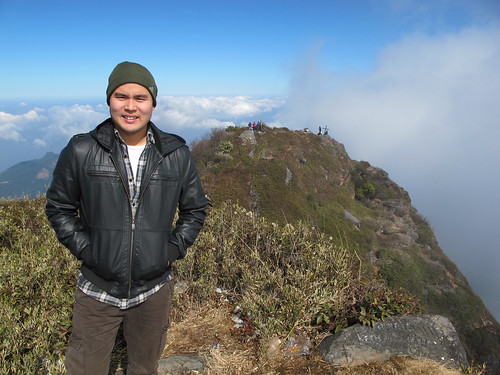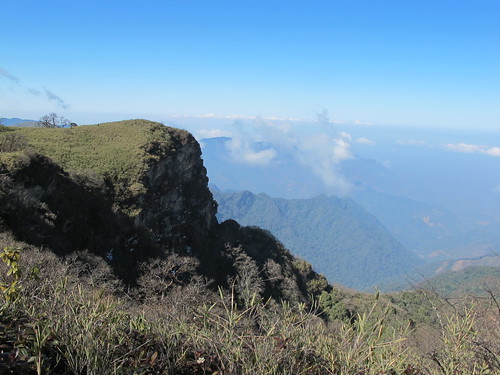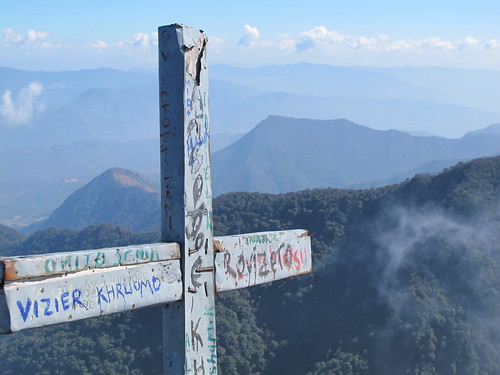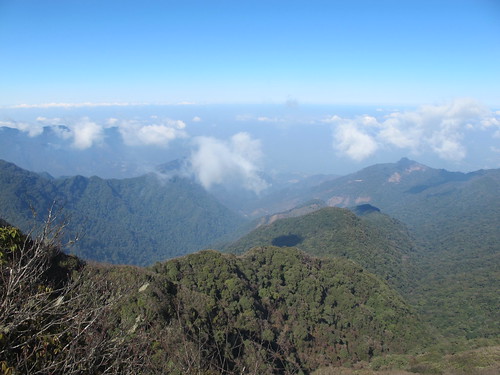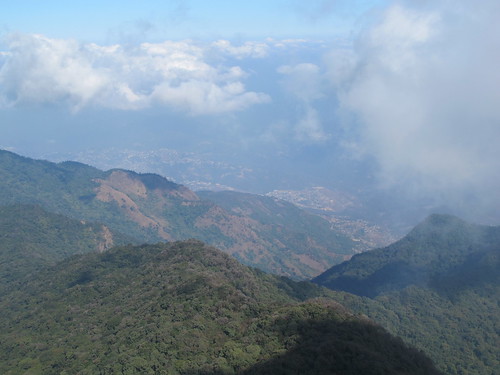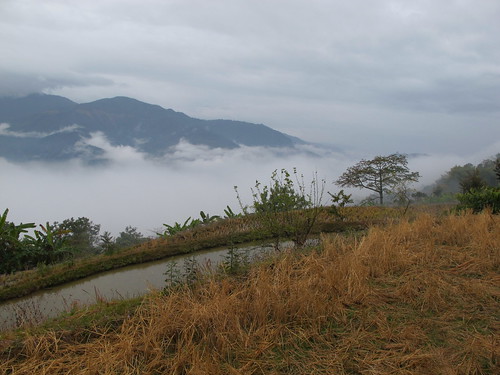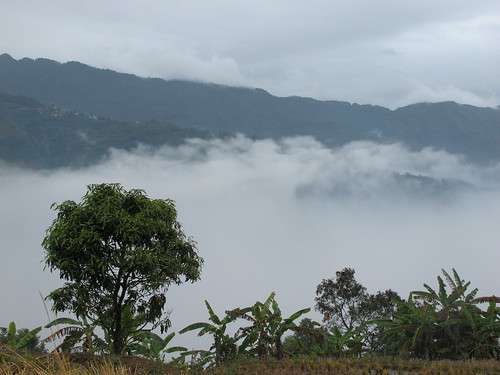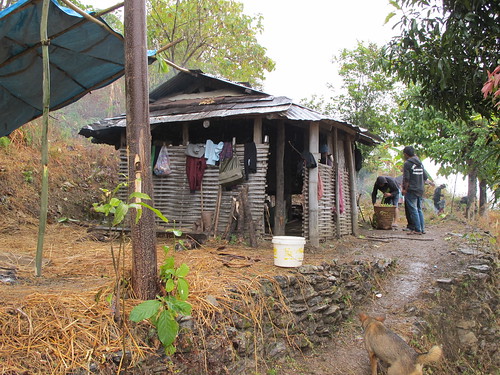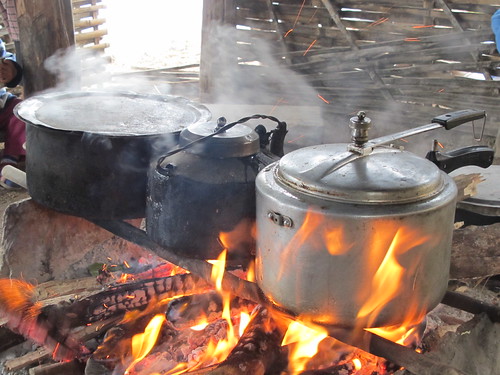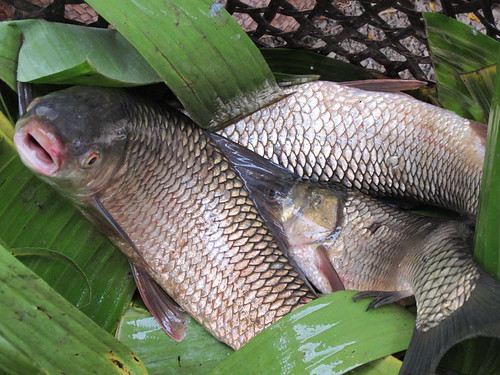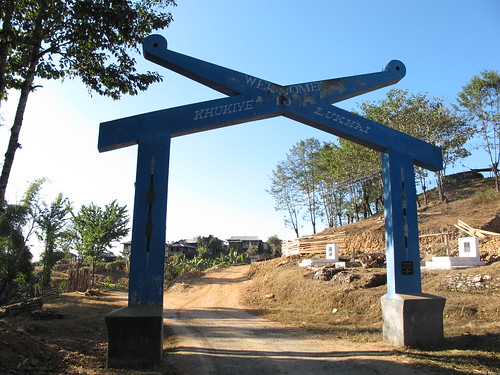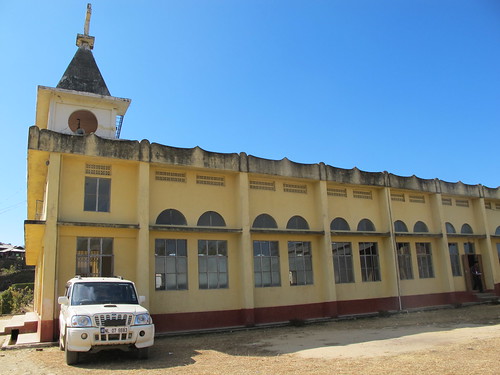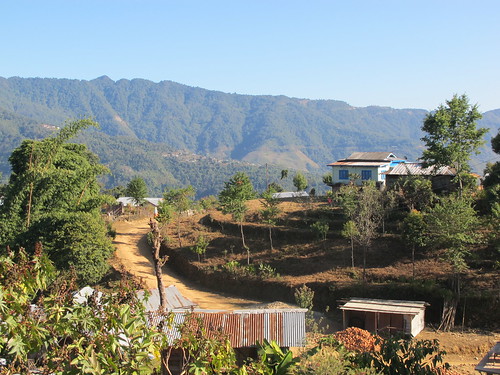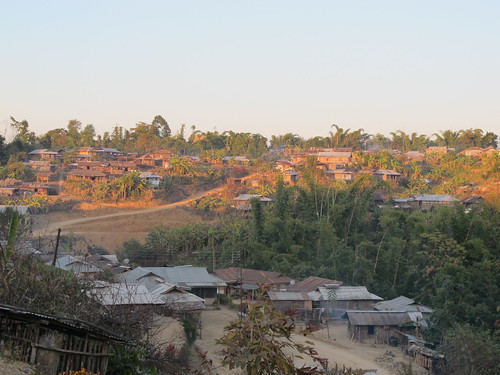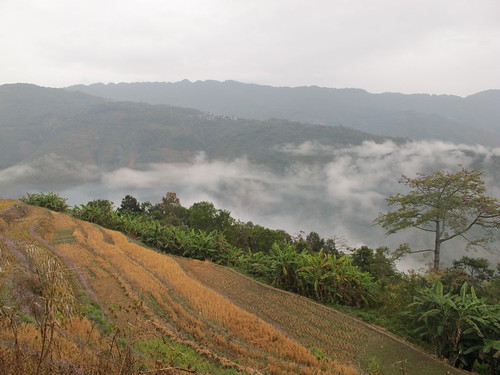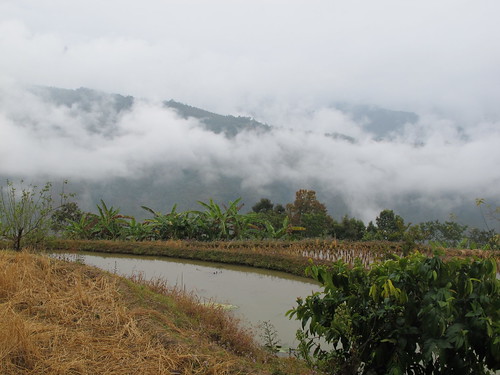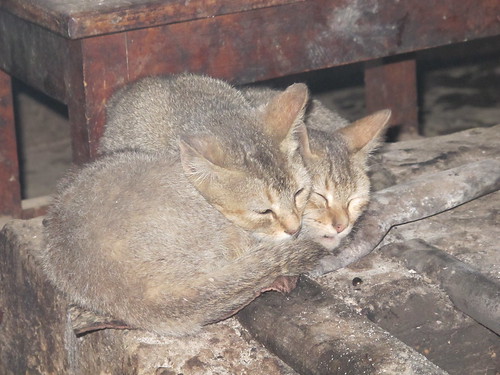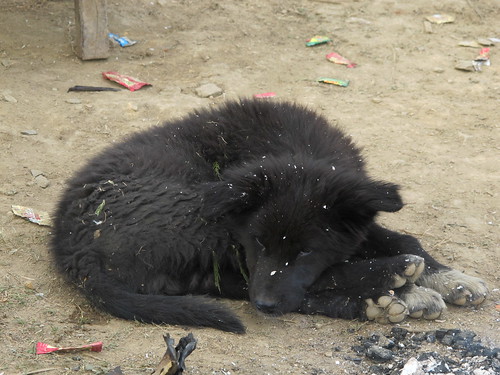As you can guess from the title, this post is about responsibility, racism and trying to recharge a prepaid SIM card (with a phone company whose name starts with 'R' incidentally).
It happened about 2 weeks ago at a little shop in Paltan Bazar. The credit on the SIM card that I use for my 3G mobile internet had expired after just one month and I needed to buy more credit. Now, this wasn't the first time I've had to recharge a SIM card - it's something I have to do constantly when I'm here, especially since I'm only ever here for a few months at a time and don't have a fixed address in India.
The shop I had gone to previously wasn't opened, since it was still 9am, so when I walked past an open shop, I asked the guy there (in Assamese and English) if he could recharge my SIM. He said he could, so I thought, why not. As is common practice here, I gave him the number to recharge, he paid the phone company using the credit on his phone as a dealer, and he got a reply message saying the amount I'd asked for had been credited. So I handed over the Rs 1,099/- (which is not a small sum for monthly internet) plus his service charge / fee.
The only problem: I didn't get a confirmation message immediately, and couldn't get connected to the internet. I told the guy, and he said it would take 15 minutes, which in my experience, shouldn't have been the case. I sat there next to the shop and waited 15 minutes, and still nothing. He then said it was a 'system error' and would take half an hour.
Yeah right, I thought. But I needed breakfast, so I went to get something to eat.
Half an hour later, still nothing. So I went back.
I told him I still hadn't received a message and that my internet still wasn't reconnected. He checked the number of the SIM on my computer, and the number I had given him was correct.
He said he'd done the top-up and that "This is not my problem". I told him that he needed to call customer care to find out what went wrong, but he kept repeating that this was no longer his problem. I told him in my best Assamese (with bits of English thrown in) that I was supposed to receive a message, and that I didn't. I'd given him my money, but received nothing. He insisted that he had done the top-up, then started speaking to me in Hindi.
At this point, I raised my voice and said in broken Hindi that I didn't understand Hindi, which is true - I'd only done a few classes of Hindi with tutor about 4 years ago. He grumbled, saying something about how I could speak Assamese, but not Hindi.
Eventually, I dialed the customer care service number and got him to speak to them. He started speaking to the lady on the phone in Hindi. I heard the word 'tribal', followed by 'doesn't understand Hindi', said in Hindi, which ironically I could understand, because that's one of the first phrases I learn in any language. He hung up shortly after, with absolutely nothing resolved.
This of course led to more yelling on my part. I was furious. He said I had to go to the customer office myself. I told him I didn't have time for that - I was going to be late for a meeting at the university. I started to blame him - I mean, I've given him all that money and got nothing in return. It was his job to top up my credit, and that job hadn't been done. What's worse, as a foreigner here, it's much harder for me to locate offices and other addresses here (given the lack of a proper address system) and there's the language barrier to consider when I'm trying to ask people on the street for directions.
Eventually, I left the guy and made it to the customer service office, which was in the opposite direction from where I was meant to be heading, but at least I knew where it was because I had previously spent half a day looking for it a month and a half before. When I got there, I explained that the top-up had been successful. The problem was that the first shop where I'd purchased the SIM card out in Adabari hadn't submitted my documents to the main office. I told them I'd already managed to recharge the card successfully at another shop in Paltan Bazar a month before, and didn't see why it should fail now. They said that it sometimes happened when the documentation wasn't submitted.
I didn't quite see the logic, but after a second trip to the office they managed to get me reconnected within two days. Given the amount of time I had to spend at the office (which only opened at 10am), and the distance to the university, I pretty much had to write off those two days.
Now looking back at the situation, I knew it wasn't the guy at the shop's fault - the amount I'd paid him had been deducted from his phone and he received the confirmation message from the company. But what else could I do? And let''s not forget that he just kept making stupid excuses at the start, then chose to shirk all responsibility afterwards, while referring to me as a 'tribal'.
And that's the first thing I want to examine: responsibility. So many things are mired in bureaucracy here, that it's so easy to push the responsibility to someone else. From his perspective of the shopkeeper, he'd done his job - it was now the phone company's problem. From my perspective, it's like I've paid a waiter to take my order to the cook, who is supposed to deliver the food to a window where I can collect it myself, but fails to deliver the order. The waiter says he's done his job, but I'm still waiting hungrily by the window. The only way I can get my food, is to go straight into kitchen. So what's the point of having the waiter in the first place?
And it's so easy to shirk responsibility, the more layers of bureaucracy you have, and the more middlemen you have. It's one reason why so much public funding can get siphoned off here to personal accounts. It's one reason why security forces here are so ineffectual. To take a slightly different example, I told my brother that I found it ridiculous that at Kathmandu Airport, they would do a baggage scan at the entrance, then before the departure gate, and finally on the runway just before you board the plane (for Jet Airways flights at least). He pointed out that that was a terrible security set-up, because the guards at the start would feel like they could slack off, since they think the guards after them will catch whatever they miss. But then the guards at the end would also feel like they could slack off since they think that the guards before them would have caught anything worth catching.
But moving on from the issue of responsibility (or lack thereof) there's the use of the word 'tribal' here. Some might argue that terms like 'tribal' and 'backward caste' are simply appellations for different groups of people, but this context, it was absolutely derogatory.
Most people assume I'm from this area, but I can see the change in the way I'm treated once they realise I'm actually a foreigner. Suddenly, I'm judged on a whole different set of criteria, whether justifiably or not.
The other day, this article by Walter Fernandes, former director of the North Eastern Social Research Centre in Guwahati, appeared in the Seven Sisters Post:
The Idea of India. One quote that stuck out was:
"A major cause of division is the feeling in much of India that the Northeast is different from the “mainstream” and should merge with the “mainland” on the terms of the “mainstream”."
There's a sense of cultural superiority here, with the 'tribals' still needing to be civilised by the 'mainstream', which is an Aryan-Dravidian culture that I would say is primarily Hindu.
The irony here is that back home, a lot of 'mainstream' Hindu culture is seen as antiquated, like women needing to be accompanied by a male companion when they travel, or at best, 'quaint' or 'charming', when looking at the constant stream of religious festivals. In comparison, a lot more of my 'tribal' friends are much more well-versed (for better or worse) in Western culture.
In the end, I was furious at the shopkeer. But at least at the end of the day I can assert my foreigner status when I'm here. Most of my 'tribal' friends in other parts of India have to deal with this sort of racism for as long as they have to live there.
